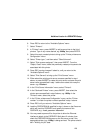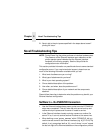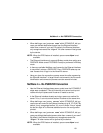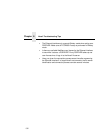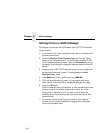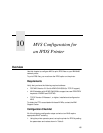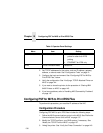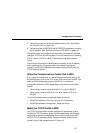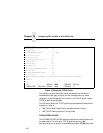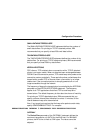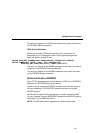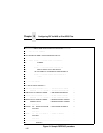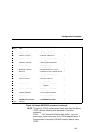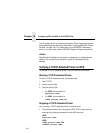
Configuration Procedure
137
4. Define the printer as a writer-controlled printer to JES. See “Define
the Printer to JES” on page 140.
5. Define the printer to PSF/MVS with a PRINTDEV statement, including
the IP address. See “Define the Printer to PSF/MVS” on page 141.
This section does not provide all the information you need to install and
configure TCP/IP on your MVS system. For more information on installing
TCP/IP, refer to
TCP/IP for MVS: Customization and Administration
Guide
.
The routing of information is determined on the basis of the IP address,
and is performed by IP gateways. After the network is configured
correctly, the MVS host appears to be communicating directly with the
TCP/IP-attached printer.
Define the Communications Control Unit to MVS
If you have not already done so, define the communications control unit
for the MVS host, such as the 3172 or the 3745 control unit, to MVS. Use
either an MVS configuration program (MVSCP) or a hardware
configuration definition (HCD), depending on the version of your MVS
system:
• When using a version earlier than MVS 4.1.0, use an MVSCP.
• When using a version of MVS 4.1.0 or later, use an HCD or an
MVSCP.
For more information about using these methods, refer to:
•
MVS/ESA* Migration Planning: Dynamic I/O Configuration
•
MVS/ESA Hardware Configuration: Using the Dialog
Modify the TCP/IP Profile in MVS
The TCP/IP profile contains system configuration statements used to
initialize the TCP/IP address space. Of those statements, the following
are subject to special considerations when you are printing from PSF/
MVS on TCP/IP-attached printers. Samples of these statements are
printed in bold in the example shown in Figure 18.



